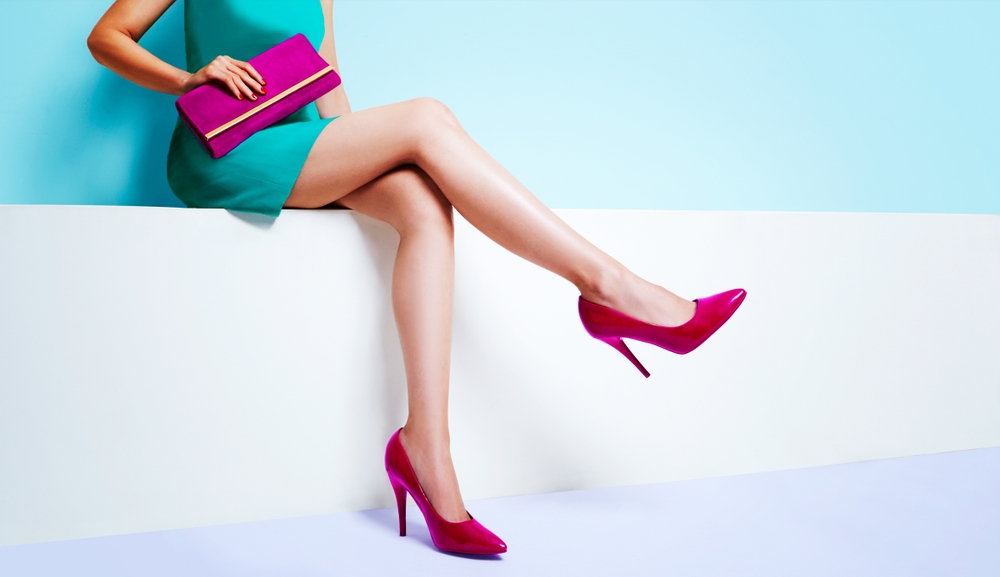
Hello everyone, I am Yu teacher, a rehabilitation teacher.
I am a rehabilitation therapist, graduated from the Department of Sports Rehabilitation of Beijing Sports University, worked for 9 years, and worked as a rehabilitation therapist in many national teams.
In my 9 years of employment, I have seen all kinds of bad leg types and helped many people correct their leg types. Today I will talk to you about how to correct bad leg types.
Let’s first look at the common leg types that are not good-looking: XO leg, O leg and X leg.
If you can get rid of the above bad leg types, it should be considered as a beautiful big leg.
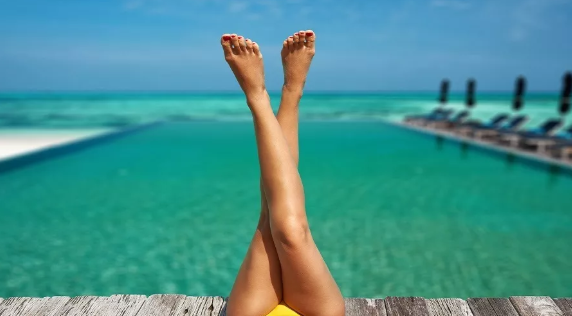
Normal leg shape
What about what? Let’s take a look at the following photos:
The leg shape in this picture is very standard. The length and thickness of the large calf are even, and the key is that the leg shape is very straight.
If you want to have such legs, let’s learn how to judge various bad leg types and how to correct them.
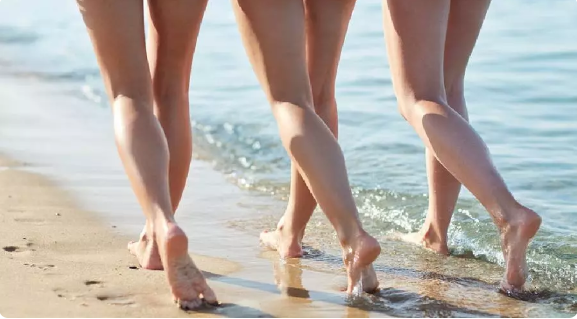
O-leg
What is an O-leg?
Among the ugly leg types, the O-leg is the most common. The definition of the O-leg is: when the legs stand naturally, the ankles can be brought together, but the knees cannot be brought together, which is the O-leg.
When the distance between knees is less than 3 cm, it is a mild O-leg. When the distance between the knees is 3 ~ 10 cm, it is a moderate O-shaped leg.
How to adjust the O-leg?
Step1 Relaxation of tensor fascia lata: The fascia ball can be placed at the tensor fascia lata (located at the anterolateral part of the upper thigh) to find the pain point and relax. After the pain point can be found, press for 15-20 seconds, totaling 3 groups.
The site of relaxing tensor fascia lata
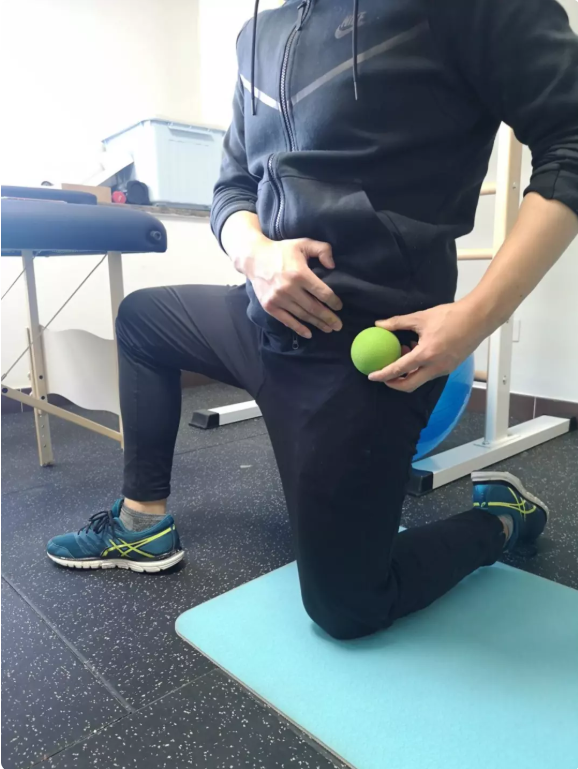
Relaxation of tensor fascia lata
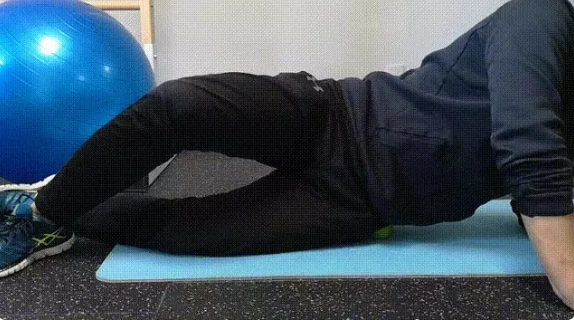
Step2 Activation of gluteal muscle: Activated gluteal muscle can improve internal rotation of thigh (hip joint). Each group has 15 times, totaling 3 ~ 4 groups.
Step3 Stretch gracilis muscle: For most O-legs, be sure to stretch gracilis muscle and straighten the knee joint when stretching. Each group has 20 seconds, totaling 2-3 groups.
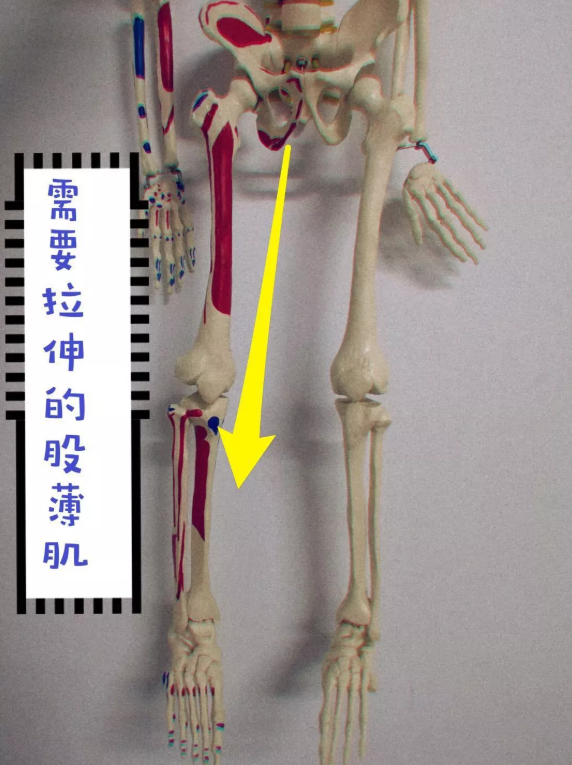
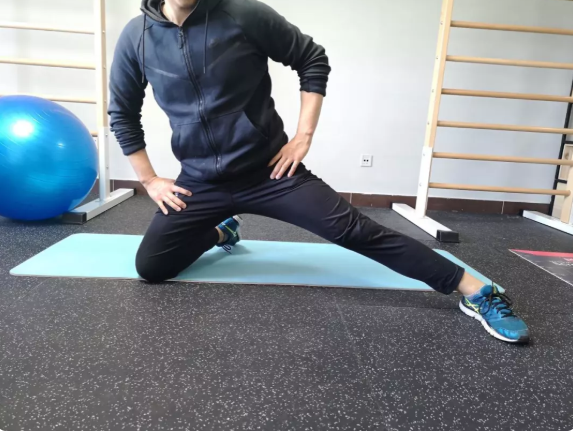
X-leg
Let’s take a look at the good basin friend of the O-leg-the X-leg.
Compared with the O-leg, the X-leg is much rarer, and most of the so-called X-leg is actually a hybrid of the two leg types-XO-leg.
Is what an X-leg?
When you stand up straight, your legs are close together, the knee joint can be close but the ankle joint cannot be close, which is the X-leg.
When the distance between the ankles on both sides is within 1.5 cm, it is a mild X-leg, and if it is greater than 1.5 cm, it is a moderate X-leg.
How should the X-leg be corrected?
Step1 Activation of gluteal muscle: Activation of gluteal muscle can correct femur (i.e. Femur) with internal rotation and adduction. Each group has 15 times, totaling 3-4 groups.
Step2 Training gracilis muscle: Training should be carried out for thigh gracilis muscle. Muscle strength training of gracilis muscle can correct tibial valgus.
Step3 Stretching adductor muscle: Stretching training is carried out for adductor muscle of thigh (except gracilis muscle). Stretching adductor muscle groups (adductor magnus, pubic muscle, etc.) that only span hip joint can help improve adduction of thigh bone (femur).
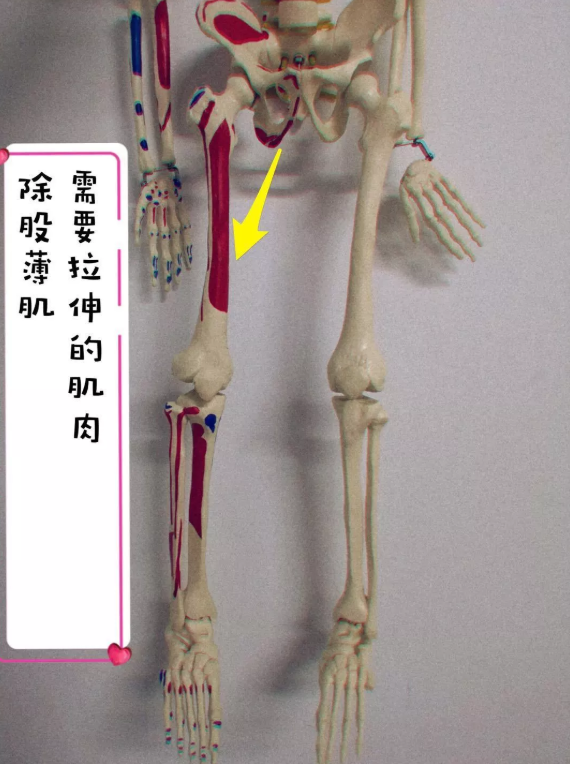
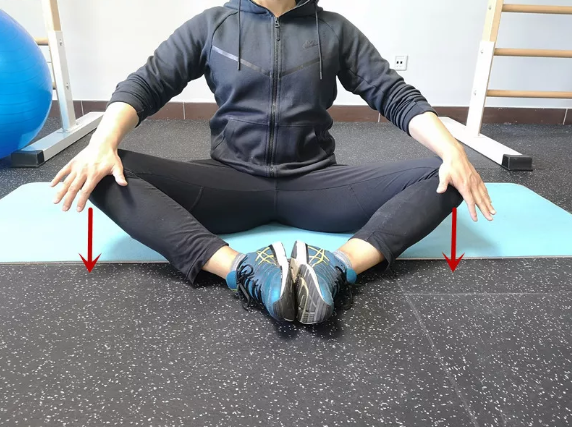
XO leg
What has XO legs
XO leg is one of the most common bad leg types. XO leg is not only ugly, but also very confusing, because it always makes people unable to recognize whether their leg type is a what problem. Let’s look at the definition of XO leg.
When standing on both legs, the knee joint can be close to the ankle joint or the ankle joint, but the lower legs cannot be close to each other.
This kind of leg type is very common in women (and of course there are many men). It is often considered as an O-leg, but the definition of O-leg is that when the legs are together, the knee joint cannot be together and the ankle joint can be together.
It can be seen that the key to these two leg types is whether the knee joints can be brought together. When the knee joints and ankles can be brought together and there is a large gap between the lower legs, it is XO leg.
How should XO legs be corrected?
Step1 Adductor stretching: You can refer to the adductor stretching in the X-leg above.
Step2 Improving the internal rotation of the lower leg: This is also an important step to correct the XO leg. This kind of lower leg change is actually very common, and many people slowly form it-that is, the leg used to be very straight, and then the small O-shape of the lower leg slowly appeared.
The direct reason is that the calf rotates internally. After the calf rotates internally, the fibular head will move forward, making the outside of our calf look wider and have an arc.
How can it be improved? We need to train the biceps femoris on the back of the thigh. An important function of biceps femoris is to make the lower leg rotate outward. By increasing the strength of biceps femoris, we can help the lower leg rotate outward.
There is also a reason for the internal rotation of the lower leg, which is caused by the lowering of the arch of the foot. After the arch of the foot is lowered, the internal rotation of the lower leg will occur. At this time, the inherent plantar muscles should be trained to support the arch of the foot and improve the internal rotation of the lower leg (of course, congenital flat feet need to wear orthopedic insoles, and the training of plantar muscles is most helpful for acquired flat feet).
The strength of plantar muscles can be improved by grasping towels and other training methods.
For most people, biceps femoris and plantar muscles can be trained at the same time, because for most people, arch reduction and biceps femoris problems have problems.
This is all about the correction of bad leg shape. I hope the correction methods shared today can help everyone. I hope everyone can have perfect leg shape.
